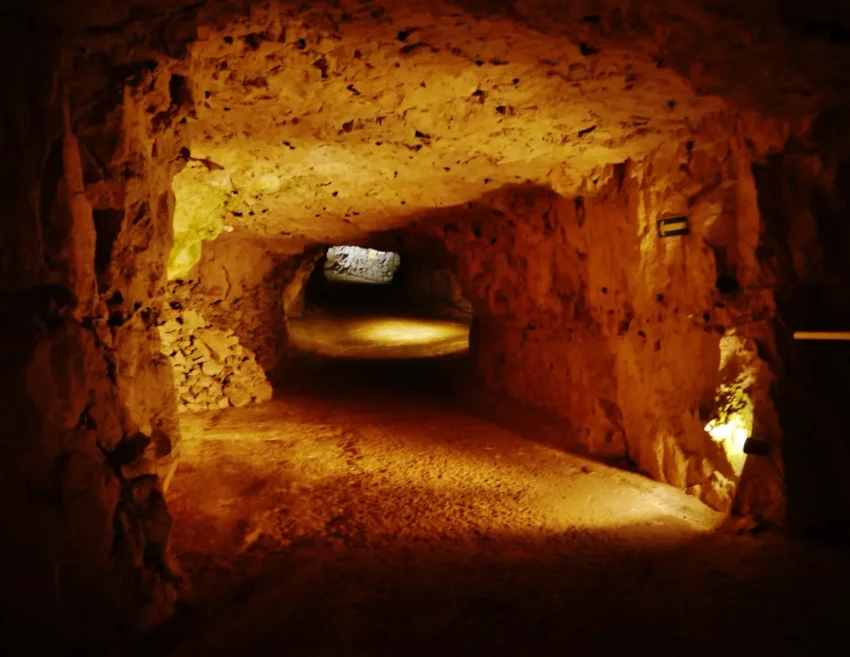The Origins and Early History of The Underground City of Naours
In the heart of Picardie, France, lies the underground city of Naours. This hidden marvel, dating back to the 3rd century AD, served many purposes over the centuries. The Romans began digging into the plateau, creating a labyrinth of caves and passageways. Early Christians might have used these caves as hideouts from persecutors, setting up chapels in the process. By the 9th century, Viking invaders also found refuge here.
Get your dose of History via Email
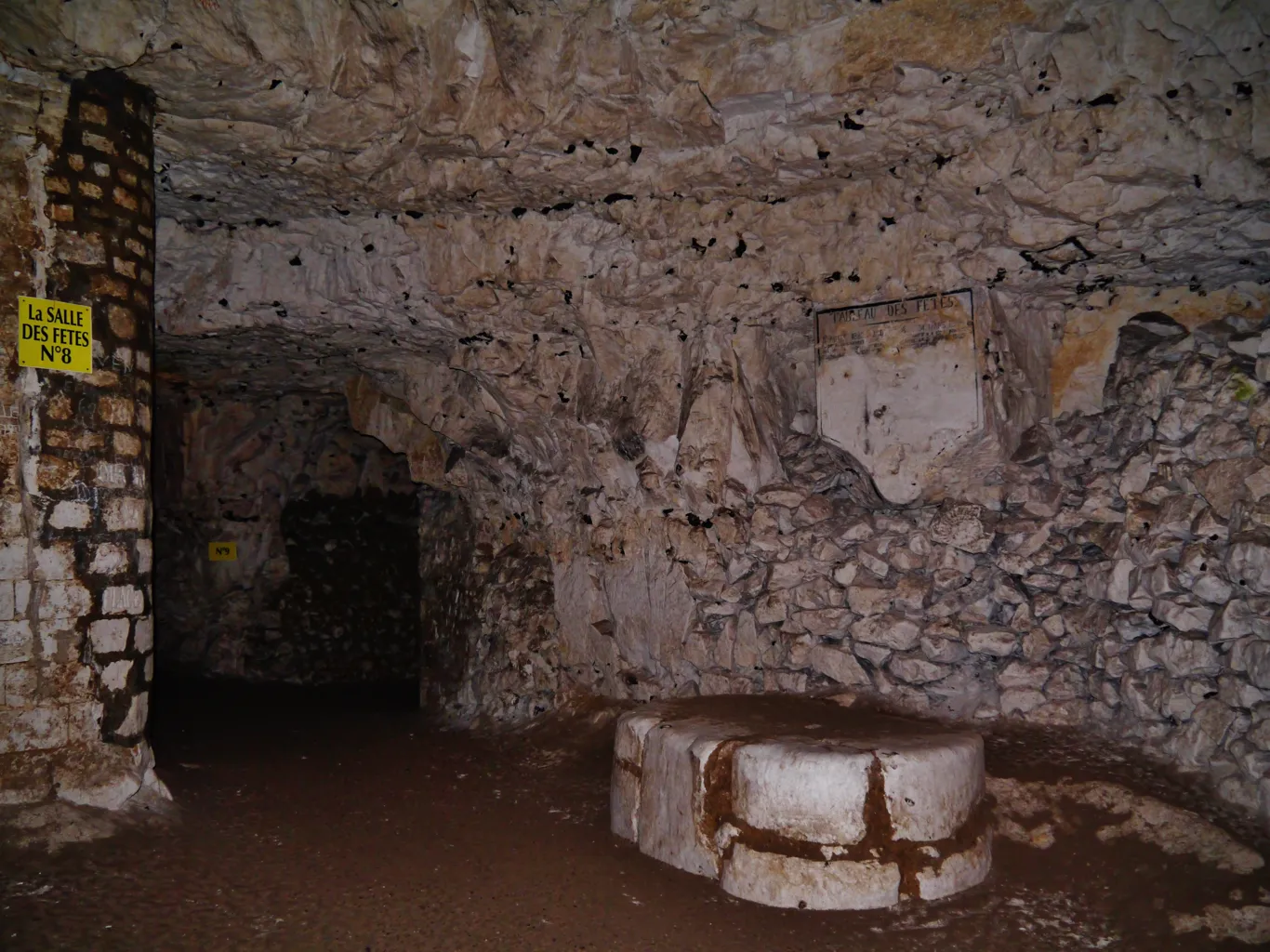
Expansion and Rediscovery
Over time, the local peasants expanded these underground dwellings. They created a self-sufficient community complete with passageways, chapels, shelters, and wells. By the time Father Danicourt rediscovered the site in 1887, it had transformed into a vast network of 28 galleries and 300 chambers. After 18 years of excavation, he opened it to the public in 1888, revealing its hidden splendor.
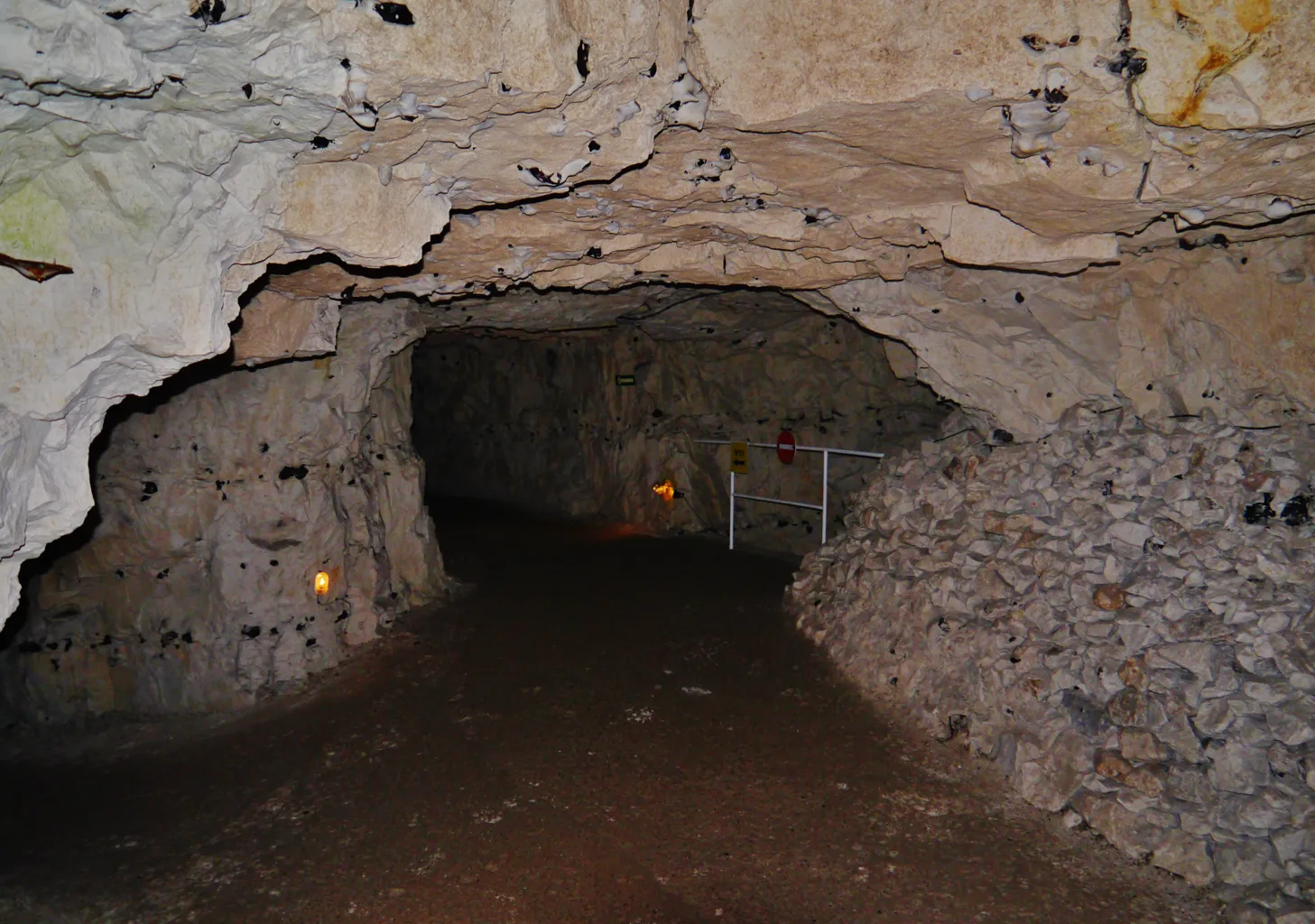
The War Years
Naours holds a special place in history for its role during the World Wars. During the First World War, it served not as a hospital, as previously believed, but as a tourist attraction for soldiers stationed nearby. The walls of these ancient caves tell stories through graffiti and inscriptions left by soldiers. For instance, on January 1, 1917, Lieutenant Leslie Russel Blake, a renowned Australian geologist and Antarctic explorer, inscribed his name here.
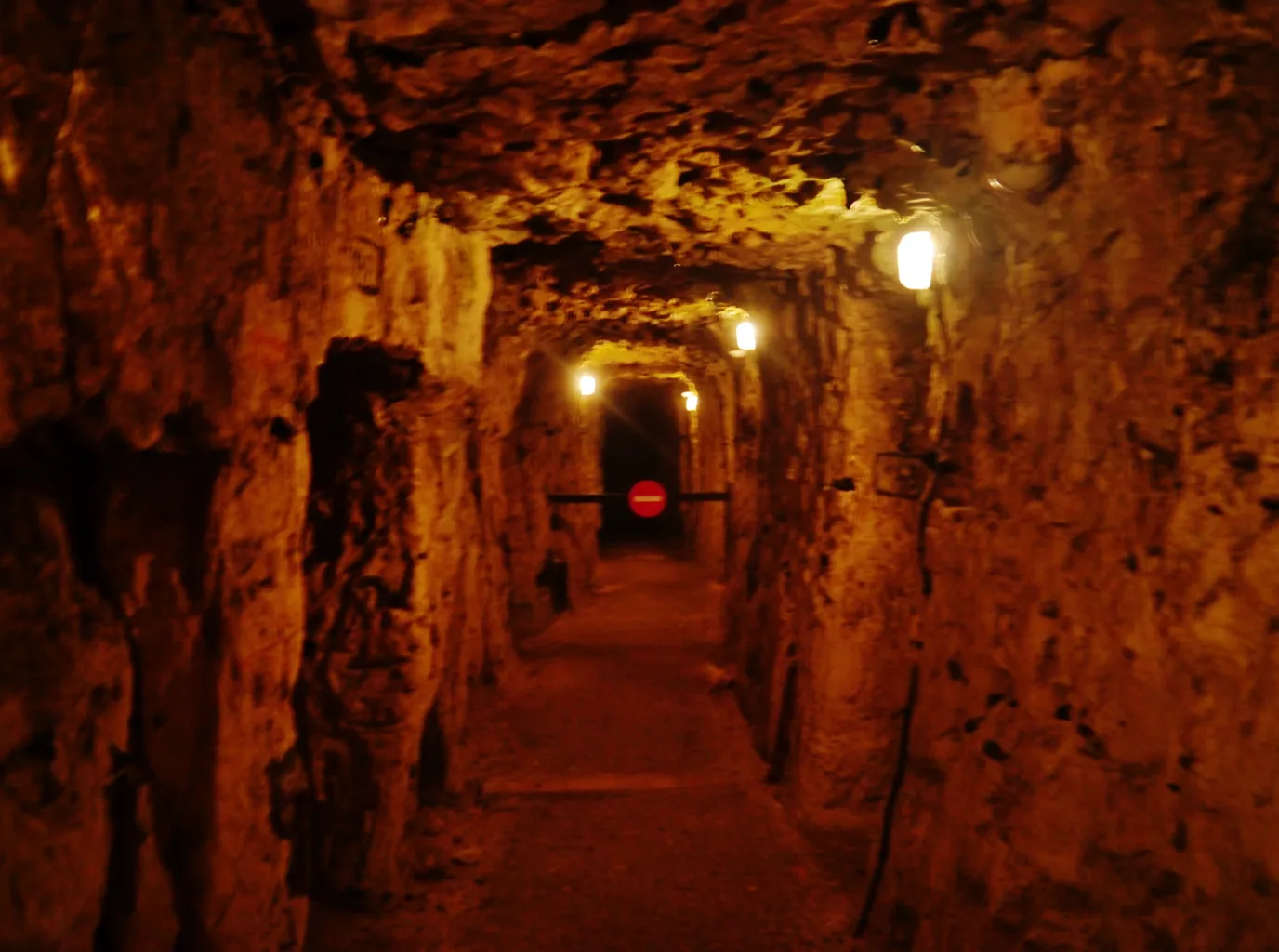
Remarkable Inscriptions
The graffiti in Naours reveals personal stories and historical moments. Lieutenant Blake’s inscription, for example, is a poignant reminder of the soldiers’ experiences. Injured multiple times, he fought bravely in the Battle of the Somme and left his mark in Naours before his death in 1918. Another soldier, William Joseph Allan Allsop, wrote in his journal on January 2, 1917, about his visit to the “famous caves” near Naours.
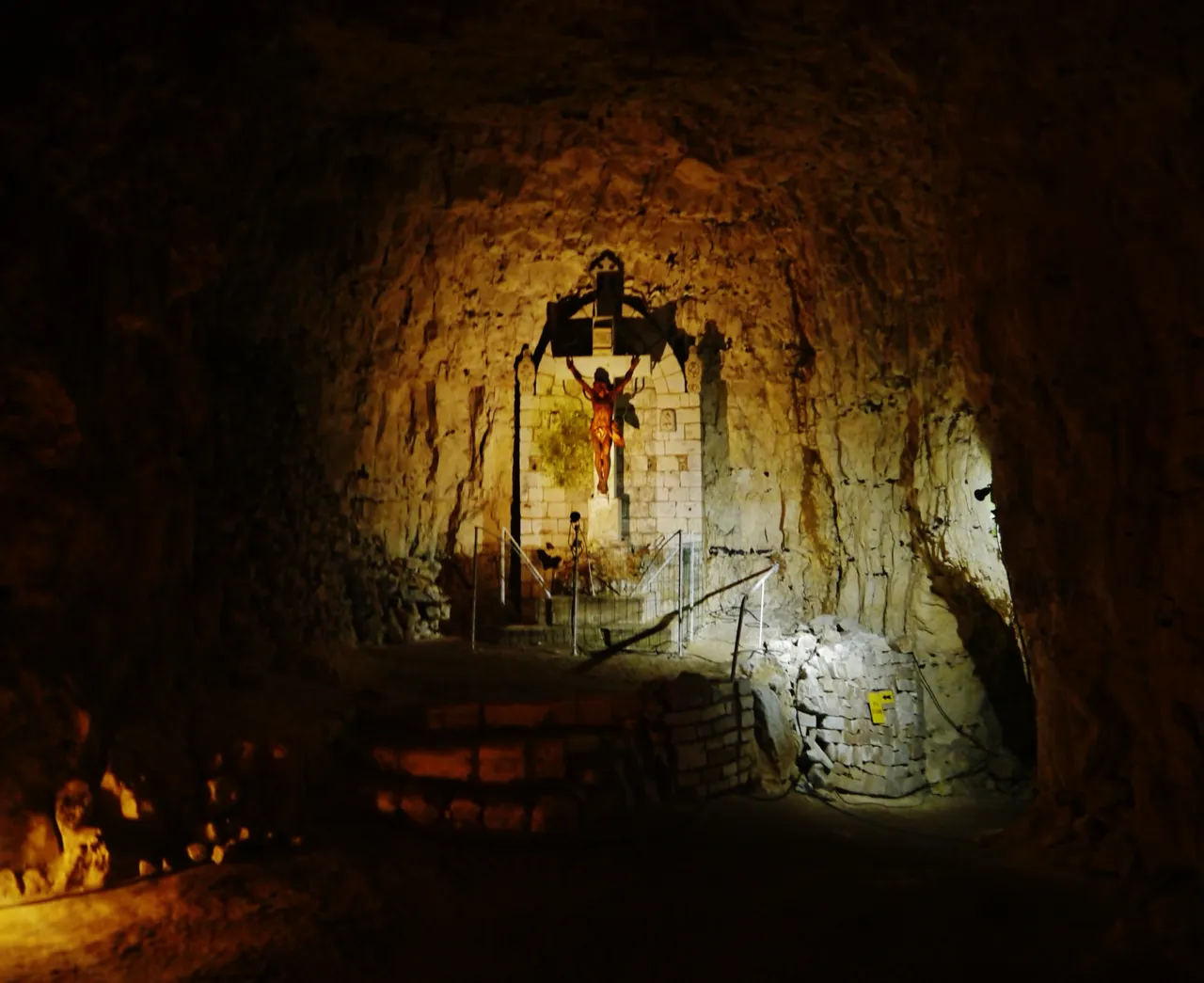
The Modern Era
Today, the Underground City of Naours stands as a testament to human resilience and creativity. Located near the D60 Rue de l’Abbé Danicourt highway, this remarkable site continues to captivate visitors. Its entrance, nestled on a tree-covered plateau, leads to an extensive underground network stretching over a mile. Guided tours allow visitors to explore its depths, marvel at its historical significance, and see the graffiti left by soldiers.
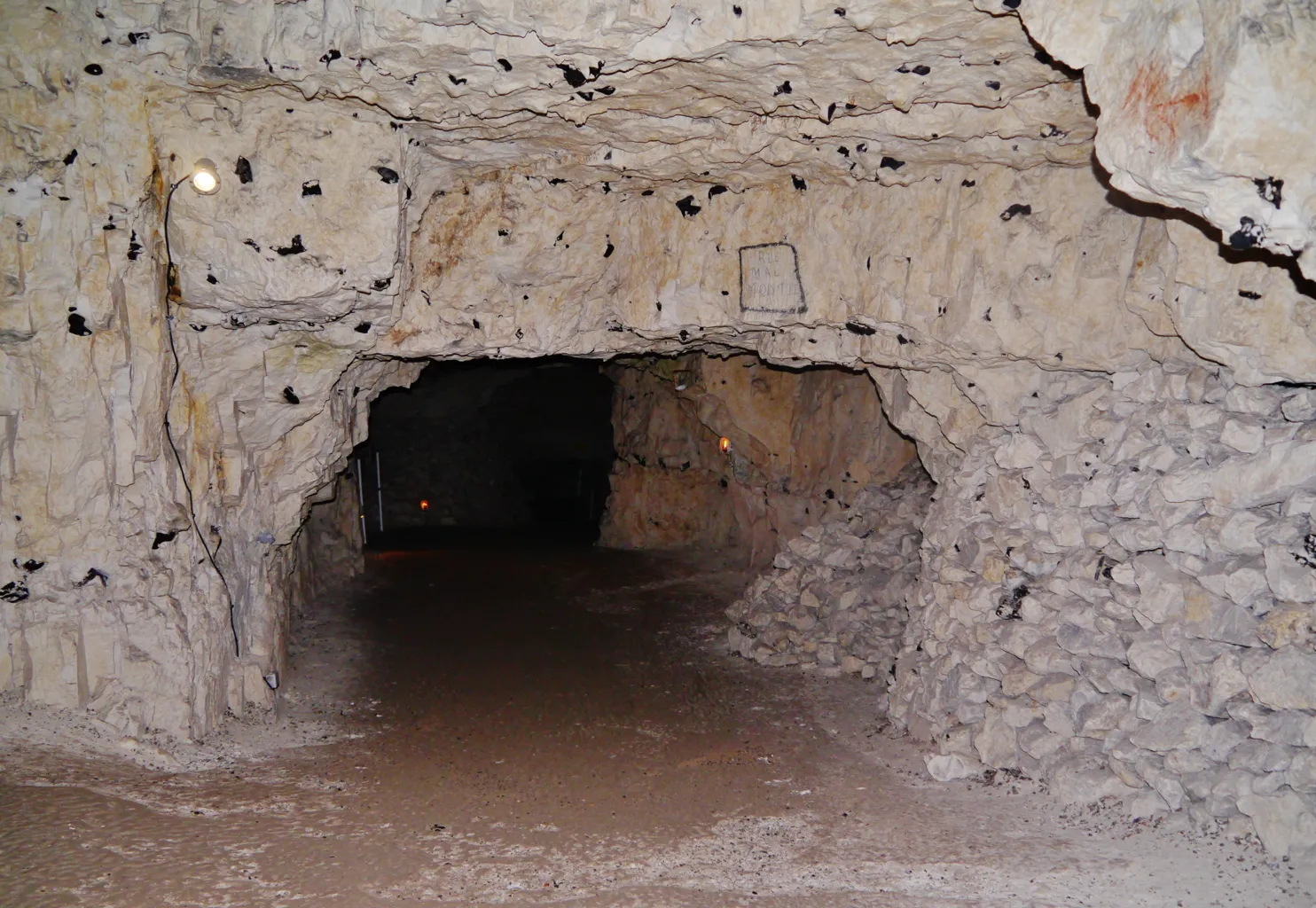
Visiting the Underground City
The Underground City of Naours offers a unique glimpse into history. The chapels, such as the Rotonde de la Sainte Vierge, with its statue of the Virgin Mary and baby Jesus, add a spiritual dimension to the visit. The vast network of rooms and passageways, 33 meters below ground, showcases the ingenuity of those who lived and sought refuge here.
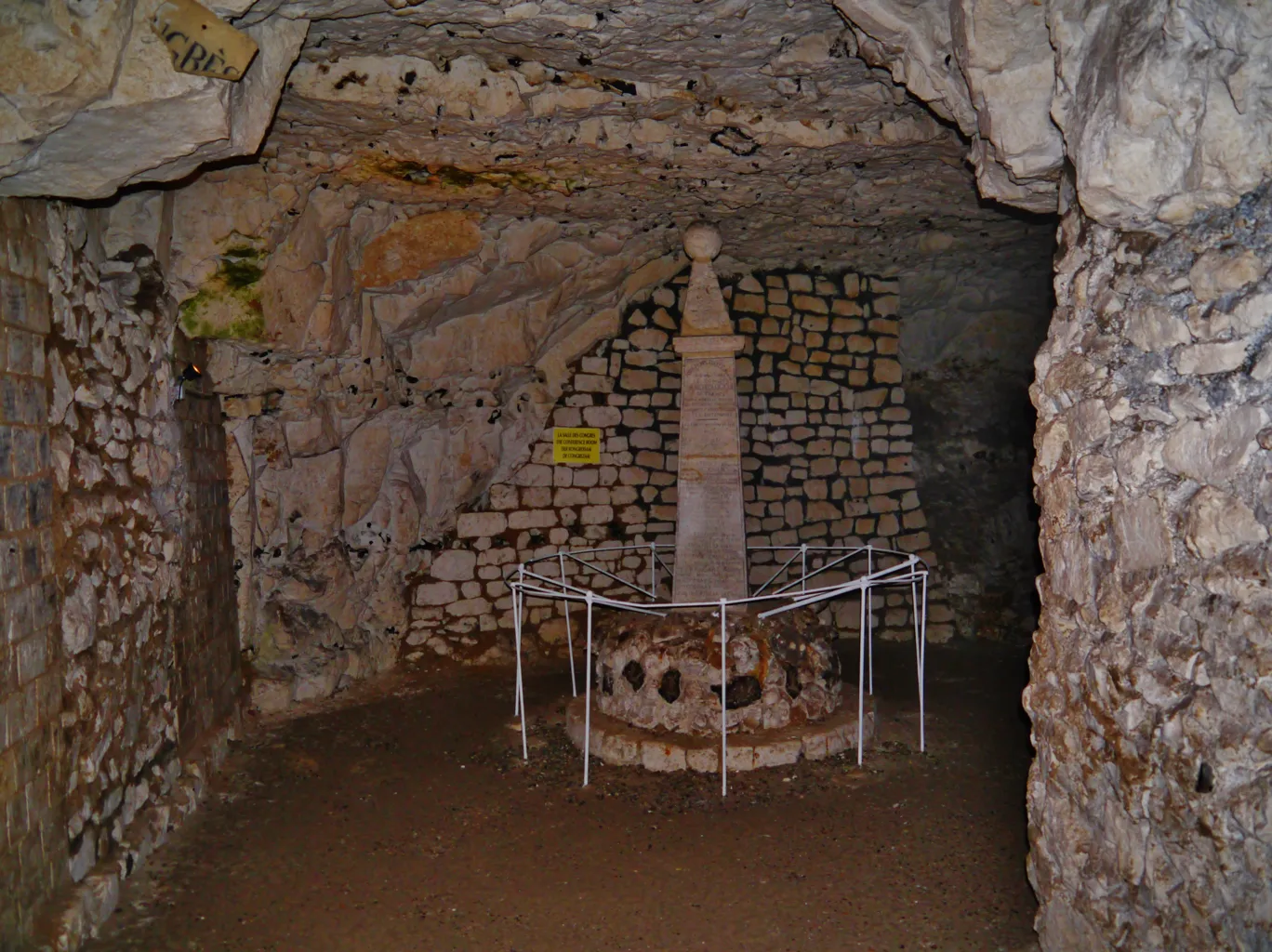
A Hidden Gem
Whether you’re a history buff or a curious traveler, Naours is a destination worth exploring. Its blend of ancient history, wartime significance, and underground marvels make it a truly unique site. Walking through its corridors, you can almost hear the whispers of the past and feel the presence of those who once sought shelter in its depths.
In conclusion, the Underground City of Naours is more than just a tourist attraction; it is a historical treasure trove. From its origins in Roman times to its role during the World Wars, it tells a story of survival, resilience, and human ingenuity. So, next time you find yourself in northern France, take a detour to Naours and uncover the secrets beneath its streets.
Sources:

